
Abstract
Due to the rapid evolution of urban centers, climate impact has become a global issue to existing and future development. However, with the evolution of digital technologies, new tools can be integrated into early design phases to help designers identify issues that can help to minimize environmental impact in cities. In an urban context, thermal comfort can be calculated parametrically generating data that potentially would be applicable in ML. In this case, study, predicting direct sun impact on a fixed urban context while projecting iterative building parameters in a fixed urban context to generate a dataset which results in different prediction values such as shade area ratio for a given context to enhance thermal comfort in the built environment and the urban landscape. The method this project approaches is to generate an environmental dataset for the city of Sydney, Australia where sun hours are calculated in a specific urban context. Environmental data has been used through the Ladybug component and EPW files to simulate solar data. Speculating parametrically a building design for the site in terms of building height, width, length, and rotation angle as inputs while the annual sun path by the hour is calculating the direct sun impact on the site. The output of 2000 samples for the ML to train on values for how many hours each site grid was exposed to the direct sun throughout the year based on the iterative building parameters. Where then, the ML is trained to predict the cells for the lowest values of direct sun impact on the site. Mainly, the architecture of ML used for prediction is to train the dataset generated by multiple regression models. As a result, this process provides an immediate result for a specific building envelope that can lead to better thermal comfort and faster design solutions.
Methodology
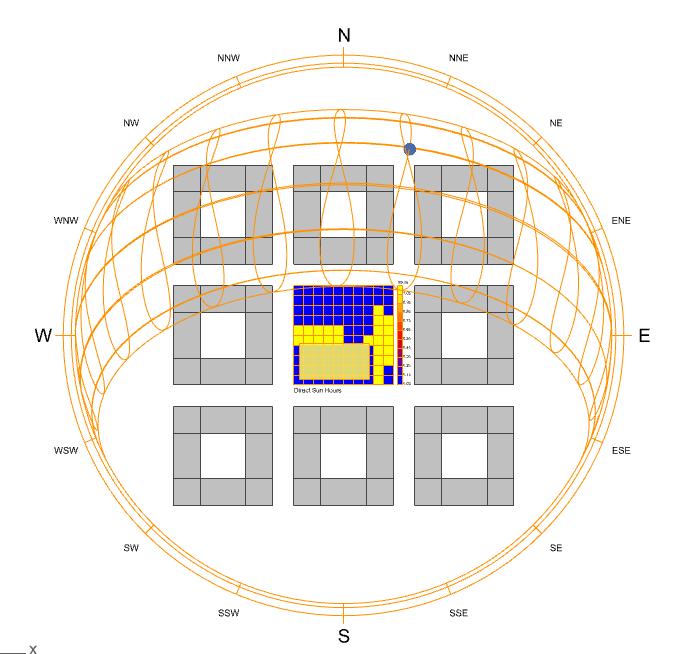
This case study attempts to use machine learning to predict direct sun access in a fixed urban context. An iterative parametric approach was developed to generate 2000 samples into different scenarios of a building. This process provides the opportunity to generate a dataset, which results in different train/predicted values. Some of the used values include:
- Building Height, width & length
- Sun position; represented in HOYS (hours of the year)
- and the predicted values of a ground surface.
As a result, this process provides an immediate result for a specific building envelope that can lead to better thermal comfort and design solutions.
Workflow
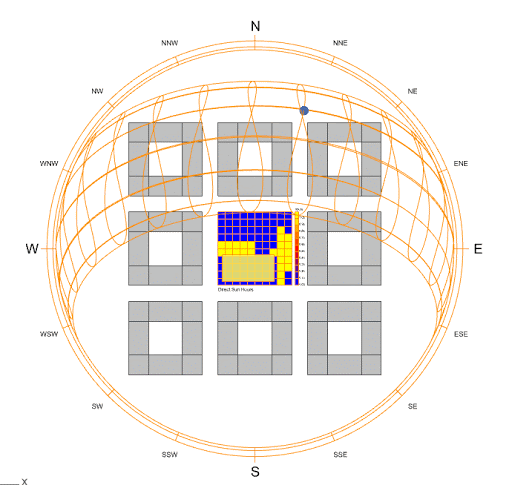
Scenario 1:
Analise direct solar access based on a specific day/time of the year.
Testing is being done using a non-complex building geometry.

Scenario 2:
Analise direct solar access based on during the year from 9am to 4pm.
Testing is being done using a complex building geometry able to twist.
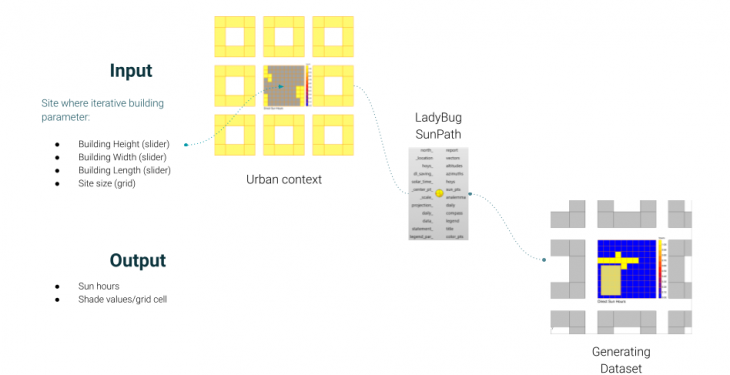
Generating Datasets
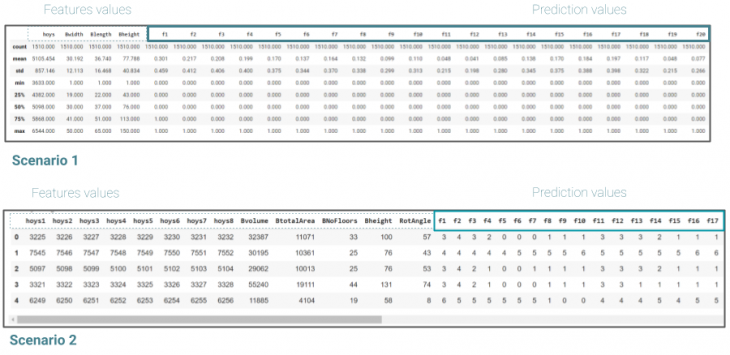
PCA Analysis
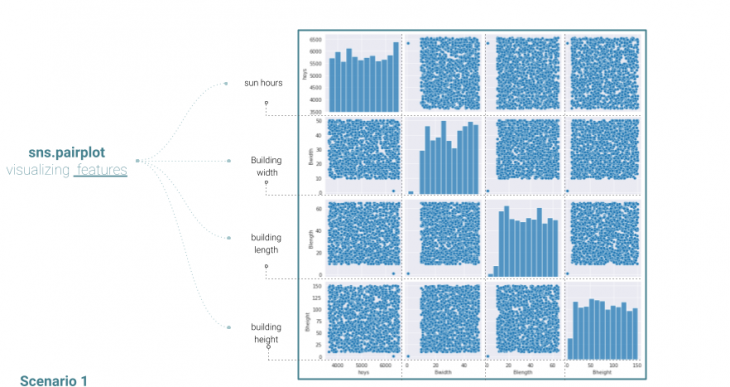

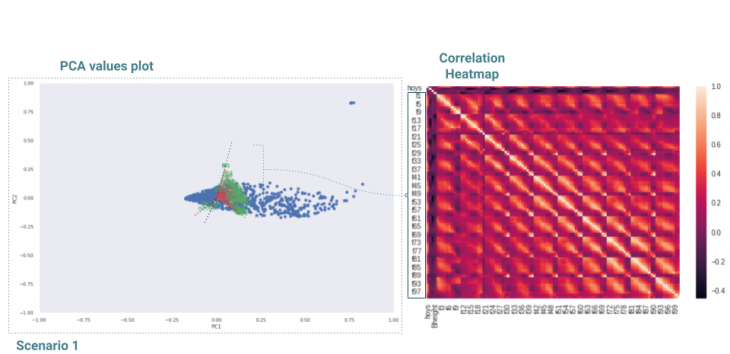
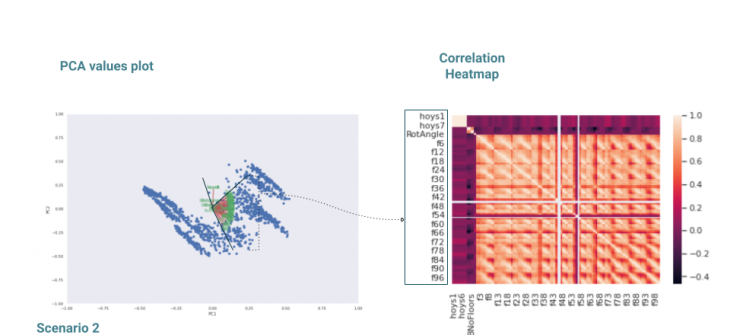
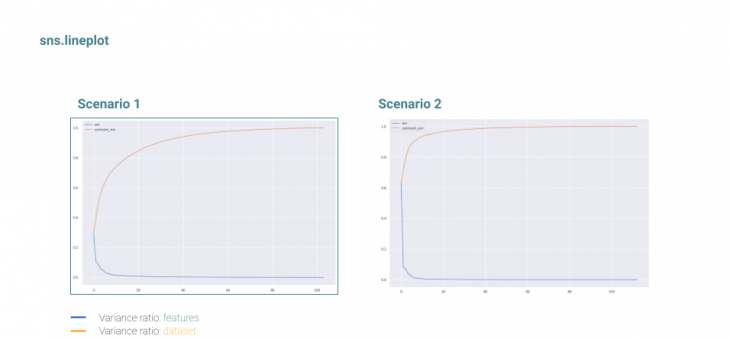


LB Simulation //Sigmoid – 100 epochs – 3 Layers 50,10,5 neurons
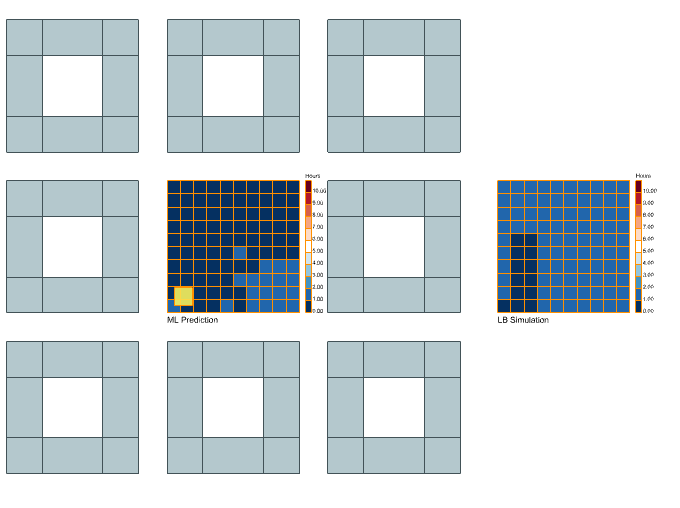
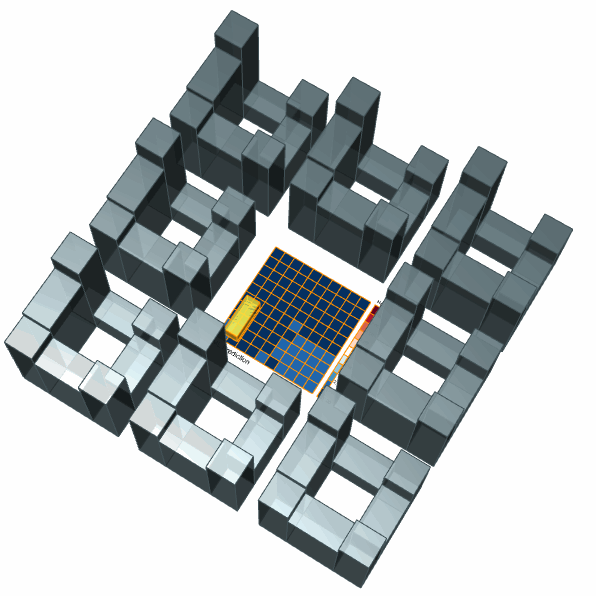
LB Simulation //Sigmoid – 100 epochs – 3 Layers 50,10,5 neurons
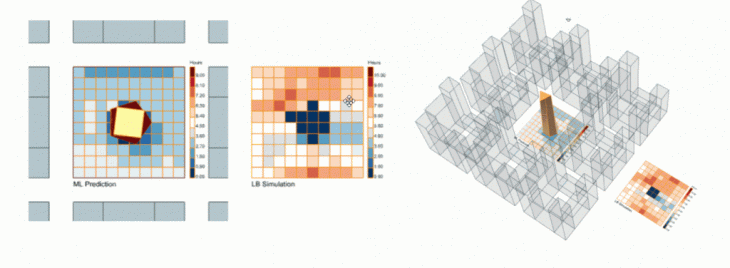
SCENARIO 2 – LB Simulation //Linear – 500 epochs – 3 Layers 50,10,5 neurons

Credits
Predicting Direct Sun Impact in an Urban Context is a project of IAAC, Institute for Advanced Architecture of Catalonia developed in the Master in Advanced Computation for Architecture & Design in 2020/21 by Felipe Romero and Yara Gadah.
Faculty: Gabriella Rossi and Illiana Papadopoulou